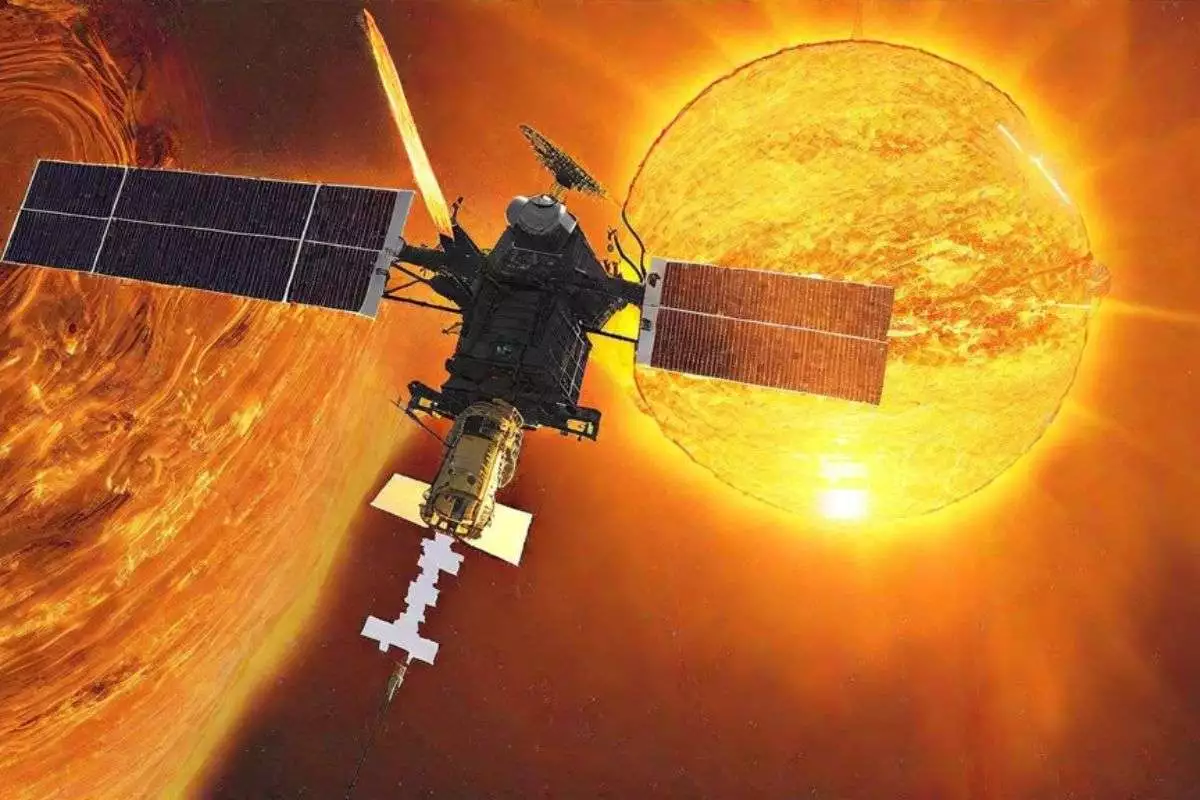
Representative Image
The Indian Space Research Organisation (ISRO) performed the first orbit-raising maneuver on Sunday. It was one day after launching the Aditya-L1 spacecraft, the nation’s maiden mission to study the Sun. ISRO declared the satellite to be “healthy and operating nominally” and claimed the first Earth-bound movement was “performed successfully” from ISTRAC, Bengaluru.
The next step
It stated that “the new orbit attained is 245 km x 22459 km” and that the following maneuver is planned for September 5 at 0300 IST. Saturday just before noon saw the launch of the Aditya-L1 mission from the Sriharikota spaceport, and an hour later it was placed in a 235 km by 19,500 km Earth orbit.
Aditya L1: The mission to Sun
The spacecraft will keep orbiting the Earth during the coming days, raising its altitude and gathering speed, before starting its four-month trek to the Lagrange-1 point of the Earth-Sun system. About 1.5 million kilometers away from Earth, this is where the Aditya-L1 spacecraft will view the Sun and conduct experiments.
Also Read: Delhi: Two Arrested For Entering LG’s Residence Posing As IAS, PA To MP
Also Read: “Will The Constitution Rule In Tamil Nadu?”, Says Vishwa Hindu Parishad President Alok Kumar
Milestone PSLV rocket
The PSLV rocket’s heavier variant, which was used to launch the satellite Saturday, also reached a significant milestone. This was the first time the PSLV’s fourth stage was fired twice, placing the satellite in the desired orbit.
There were two times – one for about 25 minutes and another for just over two minutes – when there were no eyes on the satellite during the firing of the fourth stage of PSLV and the coasting phase in between. The flight route couldn’t be viewed until the data had been collected by a ship-based station in the Bay of Bengal and subsequently by the Kourou ground station in French Guiana.
To read more such news, download Bharat Express news apps





















